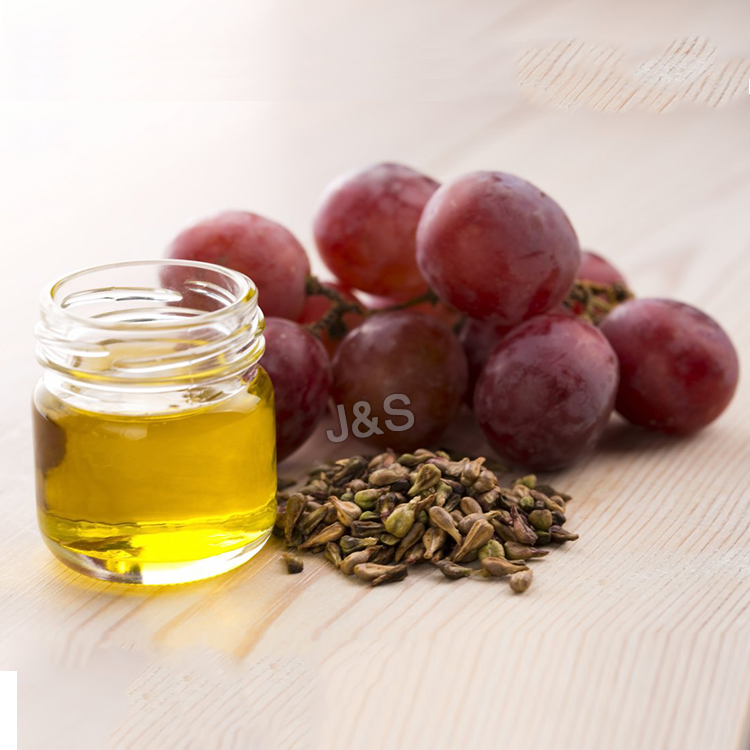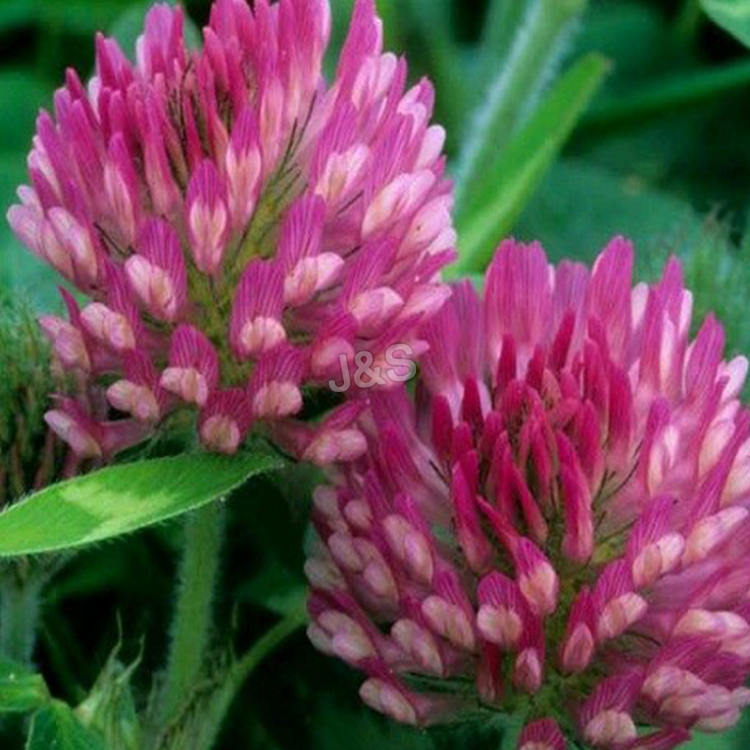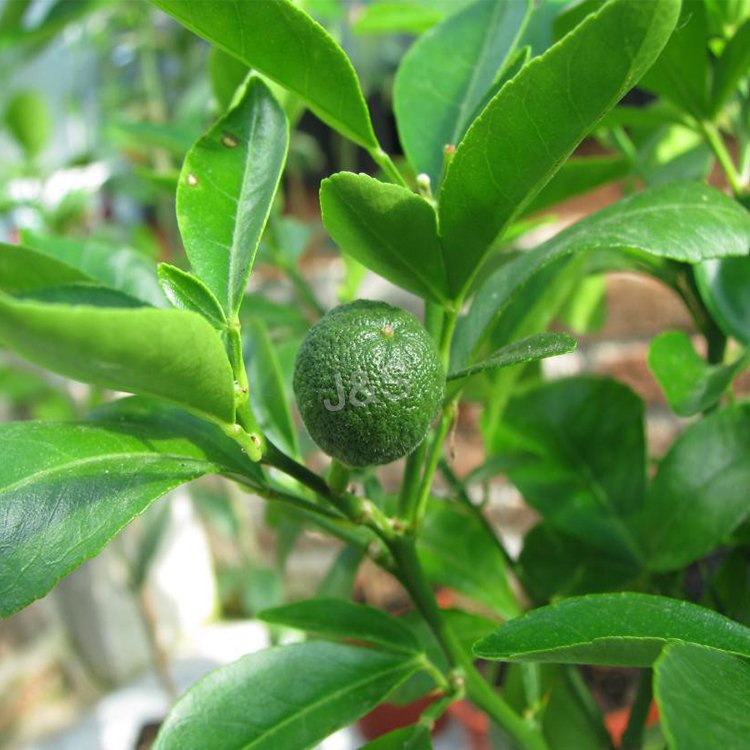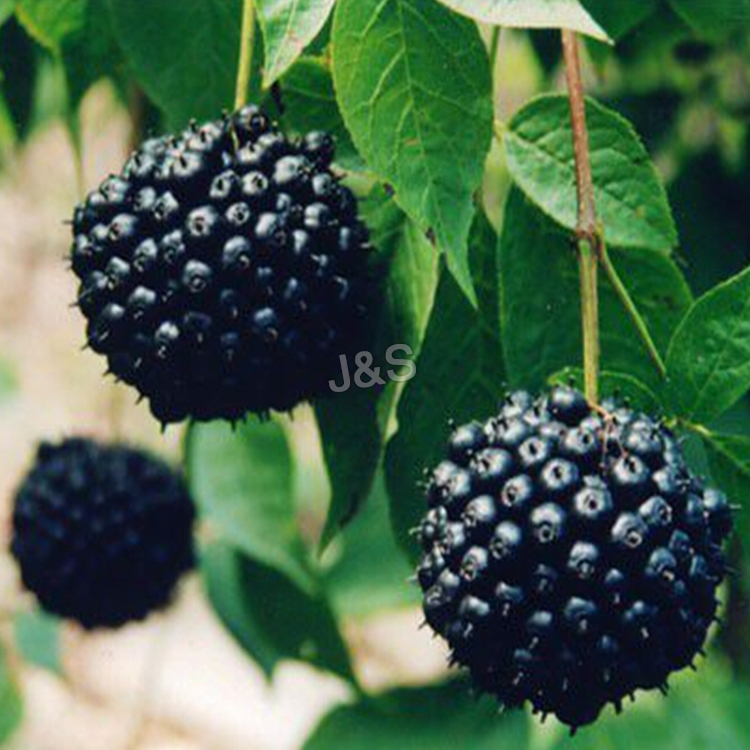Hot Sale for Grape seed extract Supply to Swansea
Hot Sale for Grape seed extract Supply to Swansea Detail:
[Latin Name] Vitis vinifera Linn
[Plant Source] Grape seed from Europe
[Specifications] 95%OPCs;45-90% polyphenols
[Appearance] Red brown powder
[Plant Part Used]: seed
[Particle size] 80 Mesh
[Loss on drying] ≤5.0%
[Heavy Metal] ≤10PPM
[Pesticide residue] EC396-2005, USP 34, EP 8.0, FDA
[Storage] Store in cool & dry area, keep away from the direct light and heat.
[Shelf life] 24 Months
[Package] Packed in paper-drums and two plastic-bags inside.
[Gerneral feature]
- Our product has passed the ID test by ChromaDex, Alkemist Lab. and other
third-party authoritative testing institutions, such as detection;
2. The pesticide residues match (EC) No 396/2005 USP34, EP8.0, FDA and other foreign pharmacopoeia standards and regulations;
3. The heavy metals in strict accordance with the foreign pharmacopoeia standard controls, such as USP34, EP8.0, FDA, etc.;
4. Our company set up a branch and import raw materials directly from Europe with strict control of heavy metal and pesticide residue. Aslo ensure the procyanidins content in grape seed is more than 8.0%.
5. OPCs over 95%, polyphenol over 70%, high activity, the oxidation resistance is strong, the ORAC more than 11000.
[Function]
Grapes (Vitis vinifera) have been heralded for their medicinal and nutritional value for thousands of years. Egyptians ate grapes a very long time back, and several ancient Greek philosophers spoke about the healing power of grapes — usually in the form of wine. European folk healers made an ointment from the sap of grapevines to treat skin and eye diseases. Grape leaves were used to stop bleeding, inflammation, and pain, such as the kind brought on by hemorrhoids. Unripe grapes were used to treat sore throats, and dried grapes (raisins) were used for constipation and thirst. Round, ripe, sweet grapes were used to treat a range of health problems including cancer, cholera, smallpox, nausea, eye infections, and skin, kidney, and liver diseases.
Grape seed extracts are industrial derivatives from whole grape seeds that have a great concentration of vitamin E, flavonoids, linoleic acid and phenolic OPCs. The typical commercial opportunity of extracting grape seed constituents has been for chemicals known as polyphenols having antioxidant activity in vitro.
Product detail pictures:

Related Product Guide:
Hot Sale for Grape seed extract Supply to Swansea , The product will supply to all over the world, such as: , , ,
8 High-Protein Plant Foods For Weight Loss & A Boost Of Energy
Most people think that animal foods contain the highest levels of protein, ounce for ounce, but some plant protein sources even outshine meat. Check out this recipe to see how it’s done. Plants are lower in fat and higher in micronutrients such as vitamins, minerals and antioxidants. If your body is getting enough protein, you’ll be able to build lean muscle, burn fat, and lose weight.
Here are 8 high-protein plant foods you should add to your diet:
1. Spirulina
This “micro-algae” powder is a complete protein source. Just one tablespoon contains 4 grams! Ounce for ounce, it’s the highest protein source of any food–even meat! It’s also a great source of other nutrients, including B vitamins, potassium, copper, iron, and magnesium. Studies have shown that spirulina can help balance blood sugar levels. Spirulina also contains anti-inflammatory properties that can help keep your body healthy and energized.
2. Goji Berry
Another source of all the amino acids your body needs, Goji berries contain 12 grams of protein per cup. Ranked the #1 superfood in Chinese medicine, this superfruit is packed with Vitamin C and essential amino acids the body needs to stay healthy and strong. Goji berries also contain free-radical scavenging antioxidants that are believed to help protect the body from cancer. And they taste good! Grab a handful as a quick between-meal snack to keep energy levels up.
3. Bee Pollen
Sure, Bee Pollen isn’t a plant, but it comes from the noble essence of the flowers and trees all around us. More than just a complete protein, bee pollen contains over 5,000 enzymes that help support a healthy immune system. Just about every nutrient the human body needs can be found in bee pollen. It’s considered to be the most complete food found in nature!
4. Hemp Seeds
Hemp seeds are a high-quality plant protein source. They contain 11 grams of protein per 3 tablespoons. The protein is highly digestible, and the seeds also contain fiber, which helps promote healthy digestion. The omega-3 fatty acids in hemp seeds support brain development and heart health.
5. Broccoli
Whether you love it or you hate it, broccoli provides a higher protein content than many other vegetables. One cup of broccoli contains 2.6 grams of protein, along with essential amino acids. Broccoli provides anti-inflammatory benefits for the body, and its antioxidants can help stimulate a liver detox to keep things running smoothly.
6. Asparagus
One cup of asparagus contains 2.9 grams of protein. It also contains B vitamins, copper, magnesium and vitamins A and K. Asparagus, known for both anti-inflammatory and anti-cancer properties, also contains compounds that help stimulate the growth of friendly intestinal bacteria, to keep your gut happy and healthy.
7. Brussels Sprouts
One cup of Brussels sprouts contains 3 grams of protein and 3.3 grams of fiber.
Brussels sprouts are also rich in folate, magnesium, potassium, iron, and calcium. Studies have shown that Brussels sprouts can promote the growth of healthy intestinal bacteria and stimulate the production of short-chain fatty acids in the gut.
8. Cauliflower
One cup of cauliflower contains 2 grams of protein and only 25 calories. Cauliflower is high in a compound called sinigrin, believed to have anti-cancer, antioxidant, and anti-inflammatory properties. Cauliflower is also a great source of Vitamin K, Vitamin C, potassium, magnesium, calcium, and iron.
https://www.roslynuttleymoore.com
https://greennutritionals.com.au
To View the complete series of Astaxanthin videos click on the links below.
Growing Astaxanthin part 1 https://youtu.be/phEU-M_SuwY
Astaxanthin the Potent Anti Oxidant part 2 https://youtu.be/FaCV1vgOv38
The Anti Inflammatory Benefits of Astaxanthin part 3 https://youtu.be/4oJxp9DZkVM
Astaxanthin Benefits against the Silent Killer part 4 https://youtu.be/a8SA5qT1P2U
The Benefits of Astaxanthin part 5 https://youtu.be/Imcqk9MwpAk
The Benefits of Astaxanthin for Heart Disease part 7 https://youtu.be/a2tjmkfnR-E
Watch this short informative video to find out how much Astaxanthin you need to take to be effective.
What is Astaxanthin?
Have you ever seen a bird bath in summer that has dried up? Sometimes you’ll see a reddish color where the standing water has evaporated. The red you’re seeing is Natural Astaxanthin. What has happened is that some green algae (perhaps the one that commercial growers of Natural Astaxanthin use which is called Haematococcus pluvialis) have suffered stress. The stress is due to a combination of things: Lack of food, an absence of water, intense sunlight and heat, or even bitter cold. As a result of this stress, the algae’s cells have hyper-accumulated the red pigment Astaxanthin. They do this as a survival mechanism—the Astaxanthin serves as a “force field” to protect the algae from lack of nutrition and/or intense sunlight. It’s an absolutely amazing fact, but due to the protective properties of Astaxanthin, these algae can stay dormant for more than forty years without food or water, suffering in the summer sun or in the winter cold; yet when conditions are appropriate and there is food and water and no extreme weather, the algae will go back into their green, motile stage.
Astaxanthin can be found in plants and animals throughout the world. It is most prevalent in algae and phytoplankton, but it also can be found in a limited number of fungi and bacteria. Because organisms like many Astaxanthin containing algae and plankton are the base of the food chain, Astaxanthin can be found in many animals as well. Any sea animal that has a reddish or pinkish color contains Natural Astaxanthin. For example, you can find Astaxanthin in salmon, trout, lobster, shrimp and crab. These animals eat krill and other organisms that ingest Astaxanthin-containing algae and plankton as a major part of their diets. And since lots of different animals such as birds, bears and even humans eat these sea animals, you can find Astaxanthin in all sorts of places.
As we mentioned before, the animals that have the highest concentration of Astaxanthin are salmon, where it concentrates in their muscles and makes them the endurance heroes of the animal world. Can you imagine what salmon would look like if they didn’t have any Astaxanthin? Not only wouldn’t they be able to swim up rivers and waterfalls for days on end, but they’d also look pale and worn out.
 By from -
By from -
 By from -
By from -







